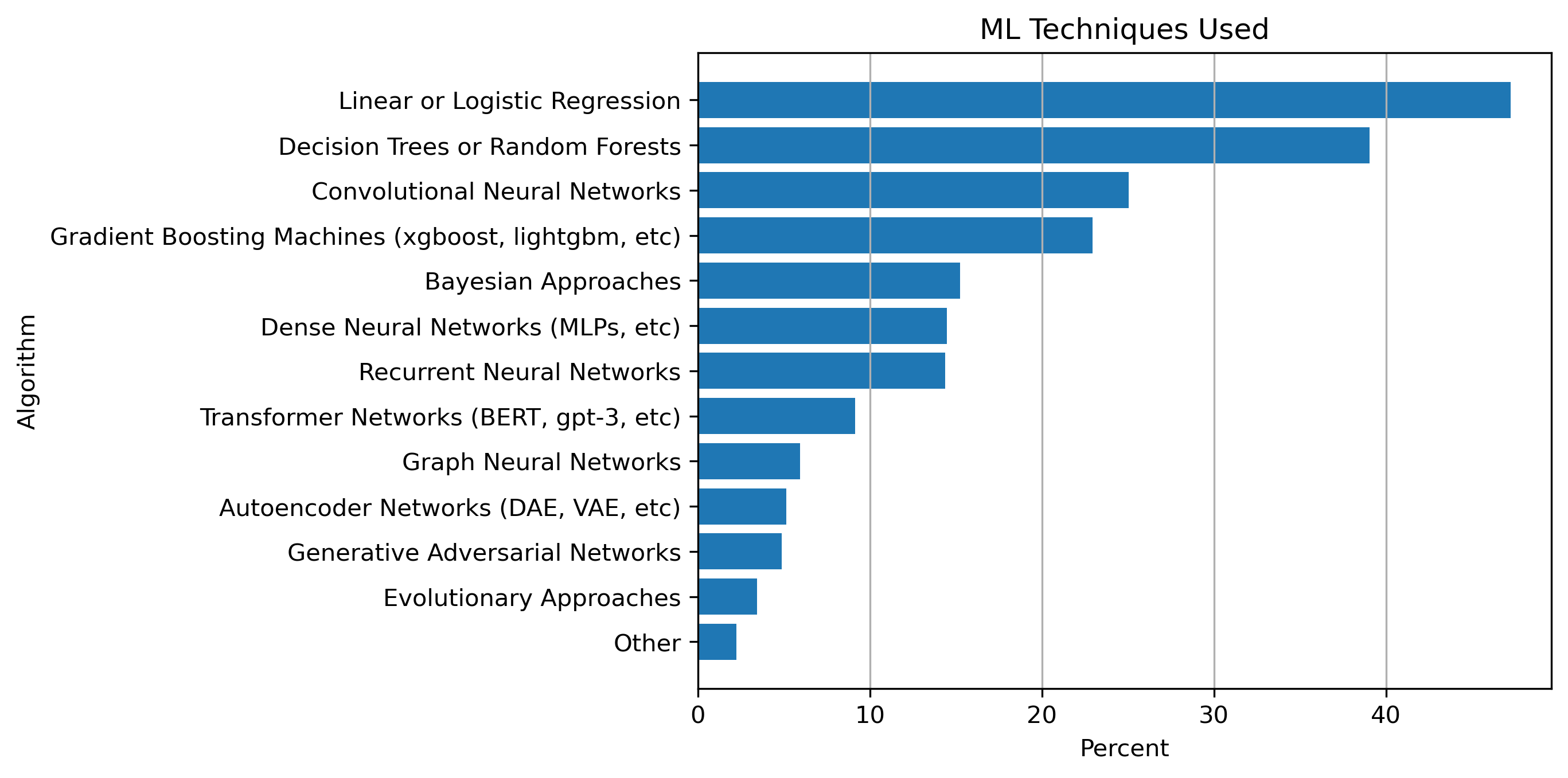Machine Learning Topic Outline
Semester 1: Classical Machine Learning
1. Introduction to Machine Learning
- Definition and Scope of Machine Learning
- Historical Context and Evolution of Machine Learning
- Types of Machine Learning: Supervised, Unsupervised, and Reinforcement Learning
- Applications of Machine Learning in Various Fields
2. Supervised Learning Basics
- Overview of Supervised Learning
- Types of Supervised Learning Problems: Classification and Regression
- Key Concepts: Training Data, Test Data, Features, Labels
- Model Evaluation: Training vs. Testing, Overfitting, and Underfitting
- Performance Metrics: Accuracy, Precision, Recall, F1 Score, and Mean Squared Error
3. Linear Models for Regression
- Simple Linear Regression
- Multiple Linear Regression
- Assumptions of Linear Regression
- Model Evaluation: R-squared, Adjusted R-squared, and Residual Analysis
- Regularization Techniques: Ridge Regression and Lasso
4. Classification Algorithms
- Logistic Regression
- k-Nearest Neighbors (k-NN)
- Decision Trees
- Naive Bayes Classifier
- Model Evaluation for Classification: Confusion Matrix, ROC Curve, and AUC
5. Feature Engineering and Selection
- Importance of Feature Engineering
- Techniques for Feature Selection: Forward Selection, Backward Elimination, and Recursive Feature Elimination
- Handling Categorical Features: One-Hot Encoding, Label Encoding
- Feature Scaling: Standardization and Normalization
6. Unsupervised Learning
- Overview of Unsupervised Learning
- Clustering: k-Means, Hierarchical Clustering, and DBSCAN
- Dimensionality Reduction: Principal Component Analysis (PCA) and Singular Value Decomposition (SVD)
- Anomaly Detection
7. Model Evaluation and Validation
- Cross-Validation Techniques: k-Fold Cross-Validation, Leave-One-Out Cross-Validation
- Bias-Variance Tradeoff
- Hyperparameter Tuning: Grid Search, Random Search
8. Ensemble Methods
- Concept of Ensemble Learning
- Bagging: Bootstrap Aggregating, Random Forest
- Boosting: AdaBoost, Gradient Boosting
- Stacking: Combining Multiple Models for Improved Performance
9. Introduction to Support Vector Machines (SVM)
- Concept of Margin and Support Vectors
- Linear SVMs and the Kernel Trick
- Non-linear SVMs
- Tuning SVMs: Regularization Parameter, Kernel Functions
10. Ethics and Fairness in Machine Learning
- Bias in Machine Learning Models
- Fairness in Model Development
- Responsible AI and Ethical Considerations
11. Practical Considerations and Tools
- Data Preprocessing and Cleaning
- Introduction to ML Libraries: scikit-learn, pandas, and matplotlib
- Implementing Classical ML Algorithms in Python
- Best Practices for Developing Machine Learning Models
12. Capstone Project and Review
- Students choose a dataset and apply various classical ML techniques learned throughout the course.
- Final Review: Revisiting Key Concepts and Q&A
This outline ensures that students get a solid foundation in classical machine learning methods before delving into more advanced topics like neural networks and deep learning.
Top Algorithms 2022
Here are the results of a survey of Kaggle user who were asked “Which of the following techniques do you use regularly?” Multiple answers per response were allowed. Source: https://www.kaggle.com/competitions/kaggle-survey-2022/data
